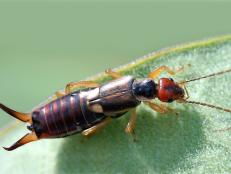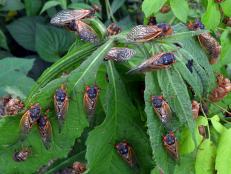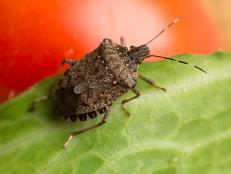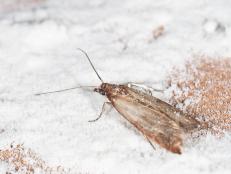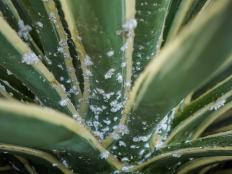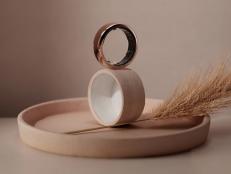Assassin Bug
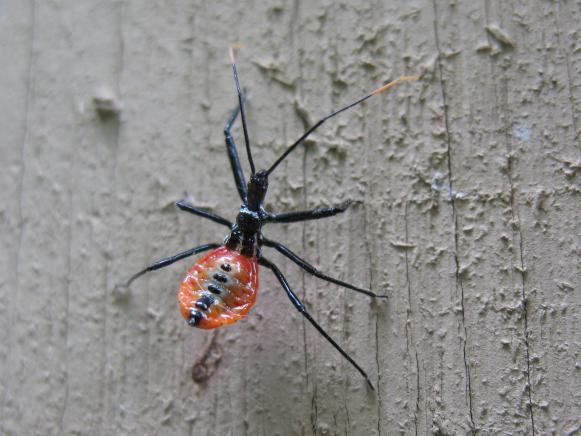
One of the gardener's friends — most of the time — is the assassin bug. With its long beak it pierces the body of a soft-bodied insect and injects a toxic juice that liquifies the insect's insides; the assassin bug then uses its beak to suck out the insect's fluids. When not in use, the segmented beak is tucked into a groove under the insect's chest.
Assassin bugs usually prey on soft-bodied insects like aphids, Mexican bean beetles, ear worms, army worms, cucumber beetle adults and caterpillars. Although it's a "generalist" in terms of which insects it preys on, the assassin bug is generally considered a beneficial insect in the garden, even if sometimes it kills another beneficial insect.
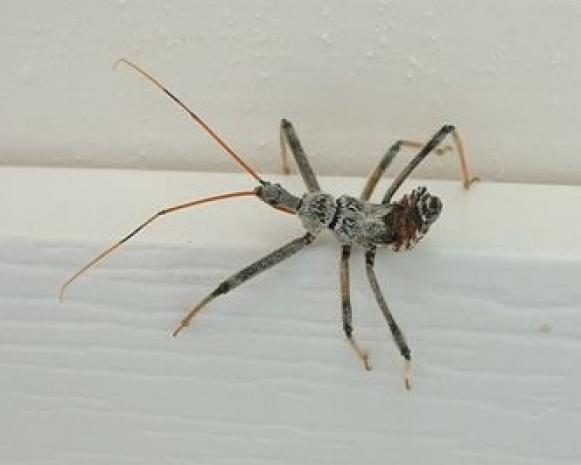
Assassin bugs are fast-moving insects and some lie in wait for their prey. There are a few thousand species, and they vary from grayish-brown to greenish brown to bright orange or red with black. The front pair of legs are often larger than the other legs and are used to hold prey. The adults have wings.
Caution: Although the assassin bug is a friend to gardeners, treat it with respect. If it's handled roughly, the assassin bug can inject a painful bite.







